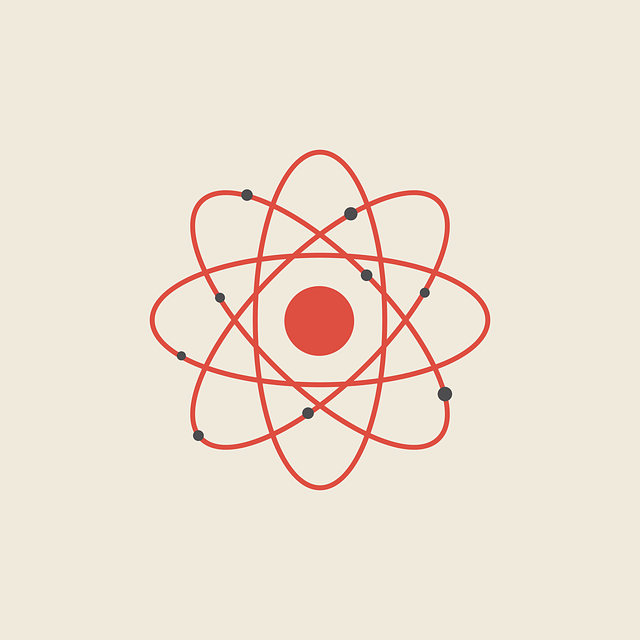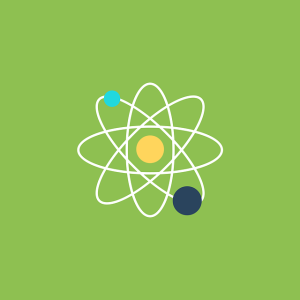
Exploring Science Icons Collection in Graphic Design
Introduction: In the realm of graphic design, icons serve as the visual language that communicates ideas swiftly and effectively. They condense complex concepts into simple, recognizable symbols. In the field of science, where understanding and clarity are paramount, science icons pack play a pivotal role in visually representing abstract theories, phenomena, and tools. This blog post delves into the significance of science icons in graphic design, exploring their evolution, design principles, and impact.
Evolution of Science Icons: The history of science icons traces back to ancient civilizations, where symbols were used to represent celestial bodies, elements, and natural phenomena. However, it wasn’t until the Renaissance that scientific illustration began to flourish, with pioneers like Leonardo da Vinci meticulously sketching anatomical diagrams and scientific inventions.
Fast forward to the digital age, and science icons have become ubiquitous across various mediums, from websites and mobile apps to educational materials and scientific publications. With advancements in technology and design software, designers have greater flexibility in creating intricate and visually appealing icons that accurately represent scientific concepts.

Design Principles: Creating effective science icons requires a deep understanding of both the subject matter and design principles. Here are some key considerations:
- Clarity and Simplicity: Science icons should be instantly recognizable and easy to understand, even at small sizes. Simplifying complex concepts into straightforward symbols is essential for effective communication.
- Accuracy: Accuracy is paramount when designing science icons. Whether depicting molecules, lab equipment, or astronomical objects, icons must adhere to scientific principles and conventions to ensure they convey the intended meaning.
- Consistency: Consistency in style and design language is crucial, especially when creating sets of icons for related scientific topics. Consistent visual elements help users make connections and navigate complex information more efficiently.
- Universality: Science icons should transcend language barriers, making them universally understood. Using universally recognized symbols and avoiding cultural or language-specific references ensures accessibility for a global audience.
Impact of Science Icons: The impact of well-designed science icons extends beyond aesthetics; they play a vital role in enhancing comprehension, facilitating learning, and fostering engagement. In educational settings, icons aid in visualizing abstract concepts, making scientific topics more approachable and engaging for students of all ages. In research and academia, icons streamline data visualization and aid in the communication of complex findings to a broader audience.
Science icons are indispensable tools in graphic design, seamlessly blending creativity with scientific knowledge to visually communicate complex ideas. As technology continues to evolve, and our understanding of the universe expands, the role of science icons in graphic design will only grow in importance. By adhering to design principles and harnessing the power of visual communication, designers can create iconic representations that inspire curiosity, promote understanding, and ignite a passion for science.
Whether depicting the double helix of DNA, the orbits of planets, or the intricate structure of a neuron, science icons serve as windows into the wonders of the natural world, bridging the gap between complex theories and everyday comprehension. In the hands of skilled designers, these icons not only inform but also inspire, inviting viewers on a visual journey of discovery and exploration.
Expanding on the Role of Science Icons in Graphic Design:
In the contemporary digital landscape, where information overload is a constant challenge, the role of science icons in graphic design extends far beyond mere visual embellishments. They serve as navigational aids in the vast sea of data, guiding users through complex concepts and facilitating comprehension with just a glance. Let’s delve deeper into how science icons contribute to various aspects of design and communication:
- Accessibility and Inclusivity: Science icons play a crucial role in making scientific information accessible to diverse audiences, including individuals with varying levels of literacy and cultural backgrounds. By transcending language barriers and relying on universally understood symbols, icons ensure that scientific knowledge is not confined to a select few but is instead accessible to people worldwide. This inclusivity fosters a sense of empowerment, allowing individuals from different walks of life to engage with and contribute to the scientific discourse.
- Visual Storytelling: In the age of multimedia storytelling, science icons serve as visual cues that enhance narrative structures and captivate audiences. Whether incorporated into infographics, presentations, or interactive media, icons add layers of meaning and intrigue to scientific narratives. They break down complex ideas into digestible visual components, guiding viewers through intricate concepts with clarity and precision. Through strategic use of color, shape, and composition, designers can craft compelling visual narratives that resonate with audiences on an emotional level, fostering a deeper appreciation for the wonders of science.
- Brand Identity and Recognition: For scientific organizations, research institutions, and educational platforms, science icons play a pivotal role in shaping brand identity and fostering brand recognition. Consistent use of icons across various communication channels, such as websites, social media, and marketing materials, helps reinforce brand messaging and establish a cohesive visual identity. Iconic symbols become synonymous with the organization’s mission, values, and areas of expertise, serving as visual ambassadors that leave a lasting impression on audiences.
- Gamification and Engagement: In educational contexts, gamification techniques leverage the power of science icons to enhance learning outcomes and foster student engagement. By incorporating elements of interactivity, competition, and reward into educational games and platforms, educators can create immersive learning experiences that captivate students’ attention and encourage active participation. Science icons serve as visual rewards for progress and achievement, motivating students to explore scientific concepts with curiosity and enthusiasm.
- Cross-Cultural Communication: In an increasingly interconnected world, effective cross-cultural communication is essential for sharing scientific knowledge and fostering collaboration across borders. Science icons serve as a universal language that transcends linguistic and cultural barriers, enabling researchers, educators, and enthusiasts from diverse backgrounds to communicate and collaborate seamlessly. By employing culturally neutral symbols and icons that resonate with audiences worldwide, designers can bridge gaps in understanding and facilitate cross-cultural dialogue in the pursuit of scientific progress.

In conclusion, science icons are powerful tools in the arsenal of graphic designers, offering a versatile means of communication that transcends boundaries and sparks curiosity. Whether simplifying complex concepts, enhancing storytelling, or fostering cross-cultural exchange, icons play a multifaceted role in shaping the way we perceive, understand, and interact with the world of science. As designers continue to push the boundaries of creativity and innovation, the potential for science graphics to inspire, educate, and unite us remains limitless. By harnessing the power of visual communication, we can unlock new realms of discovery and embark on a collective journey of exploration and enlightenment.